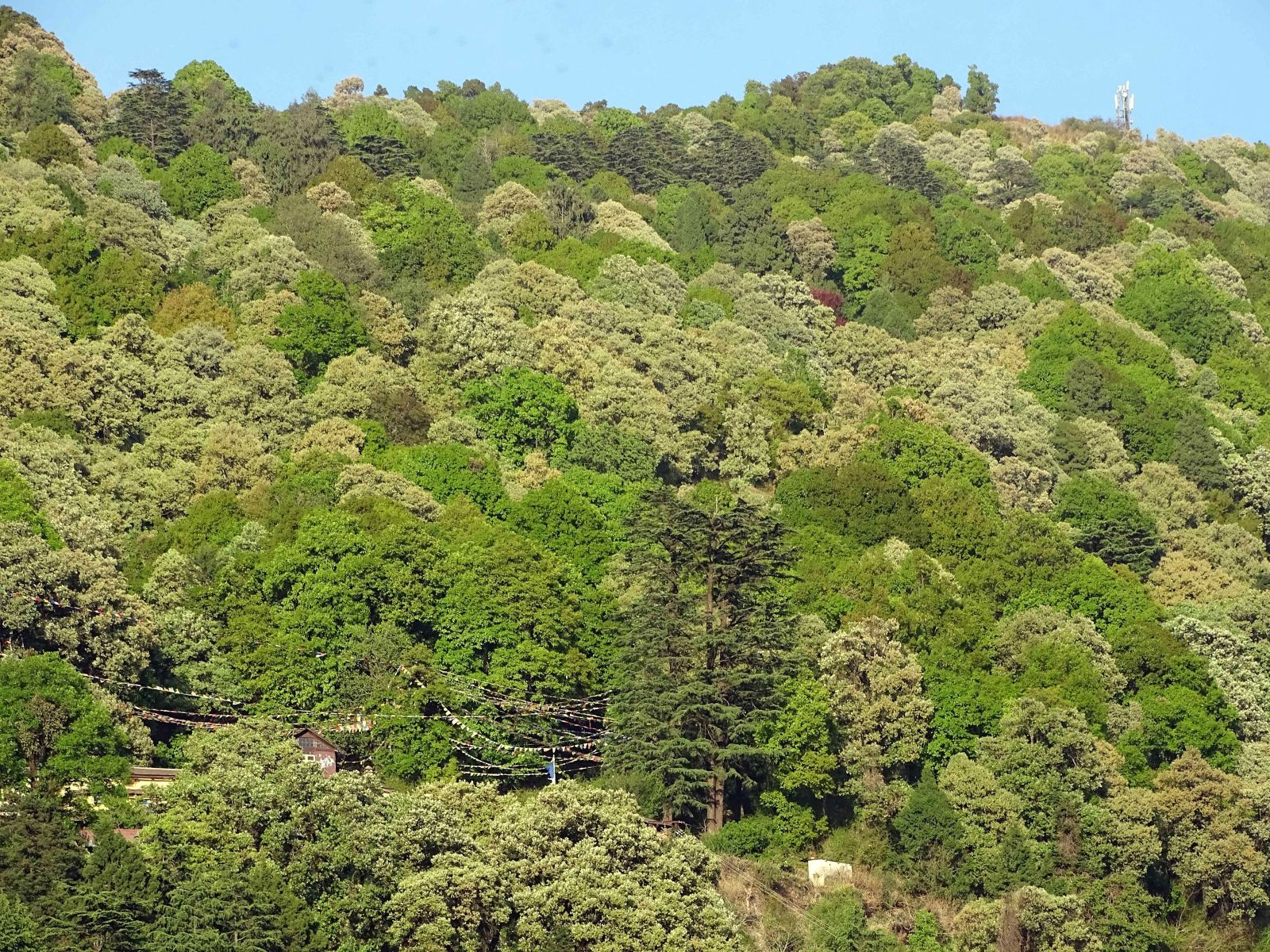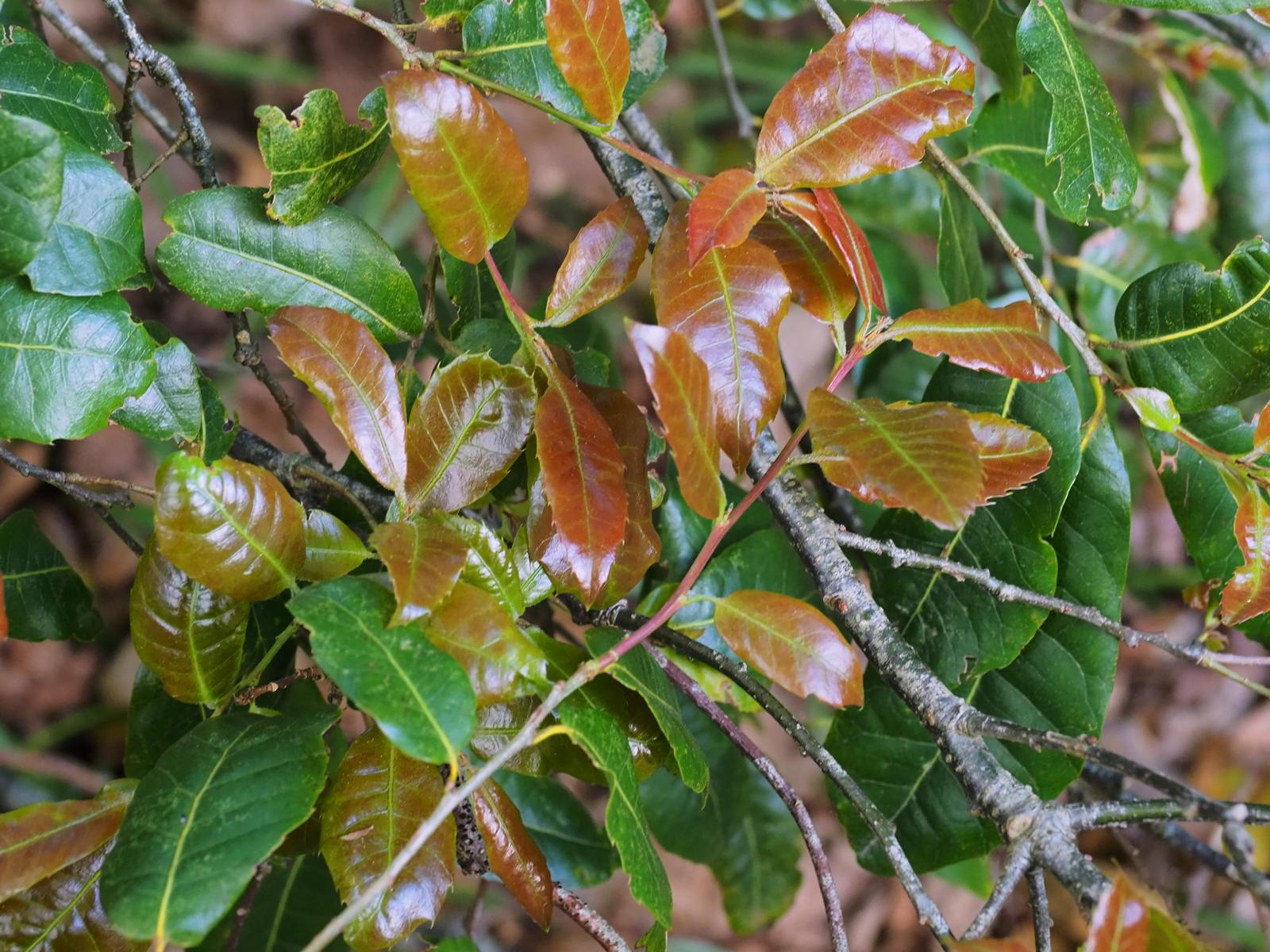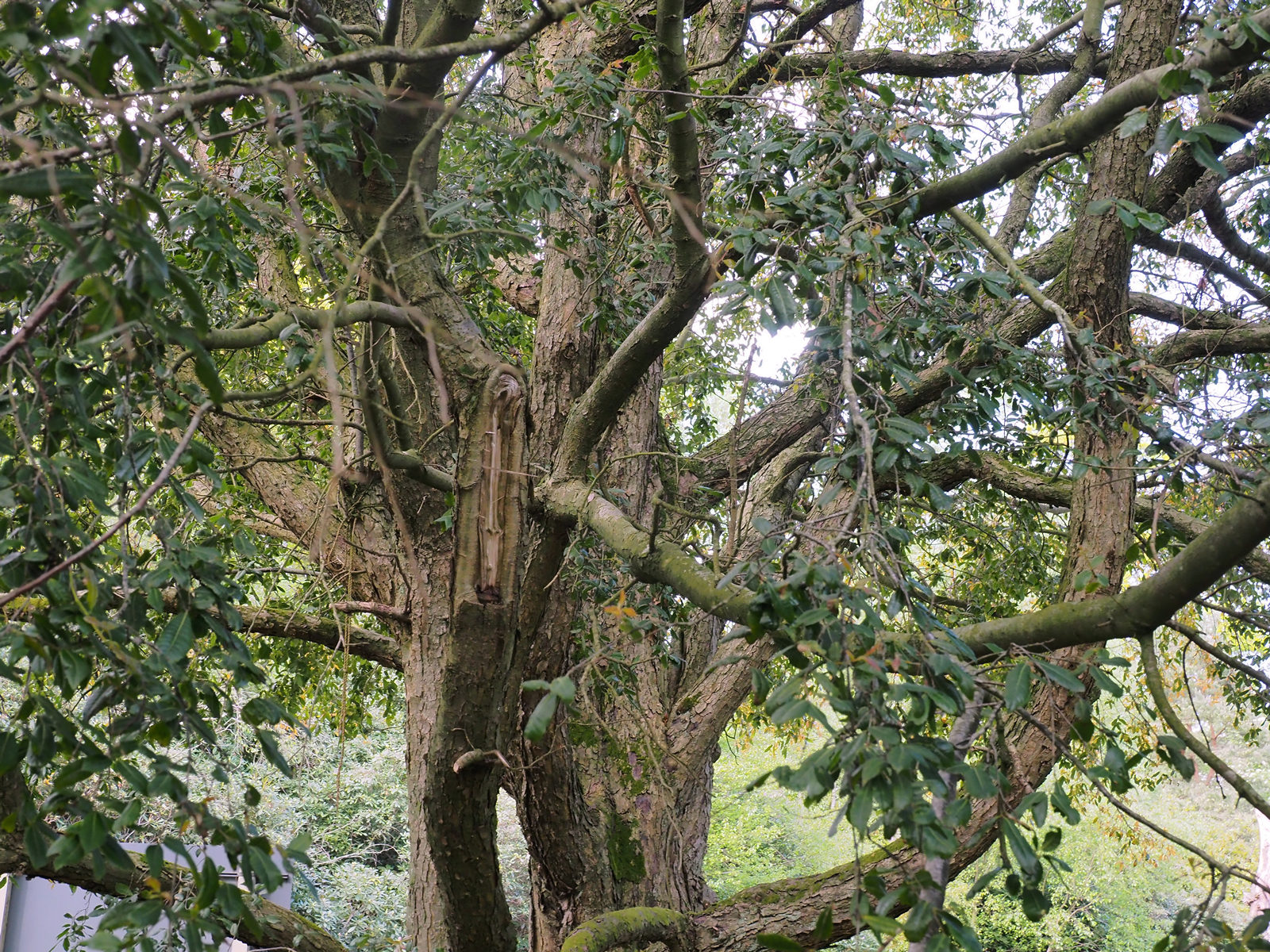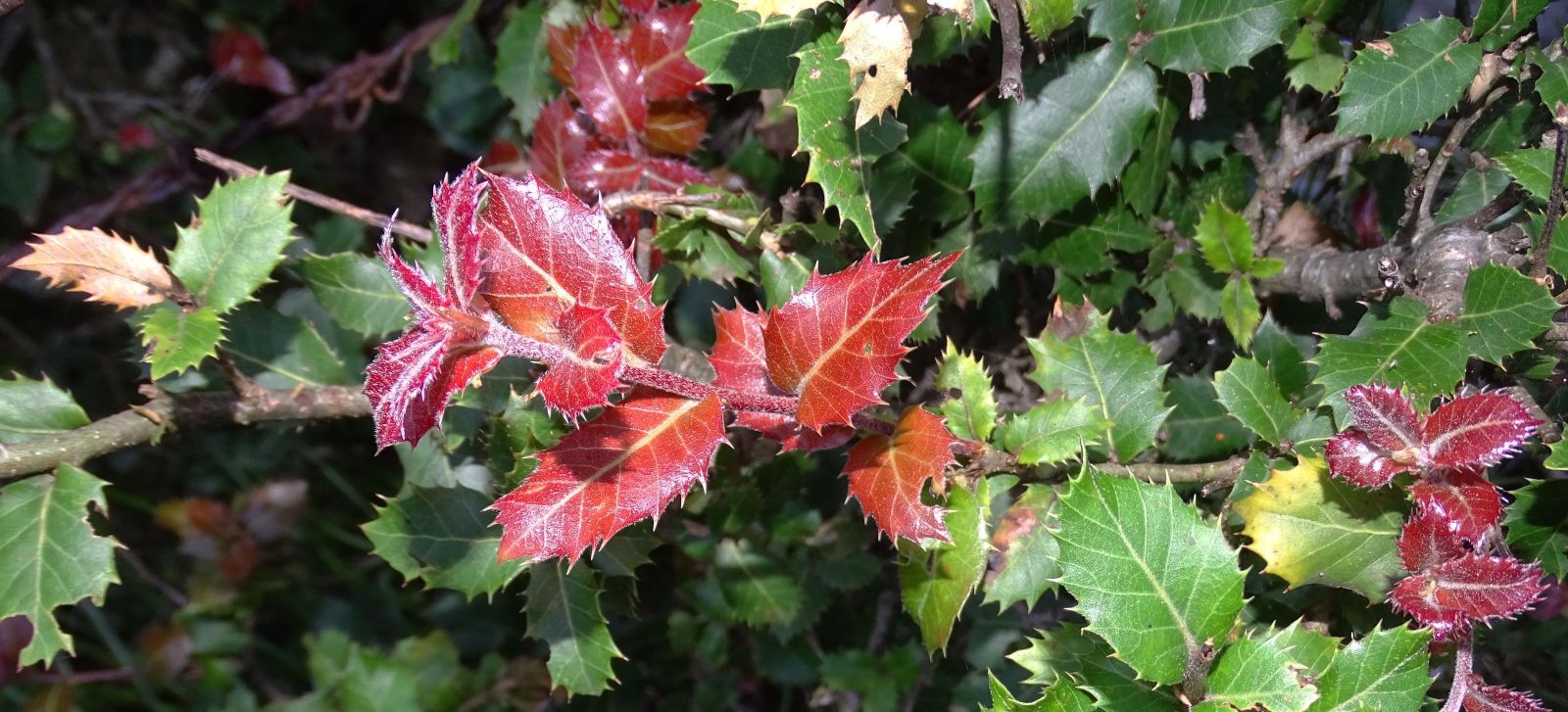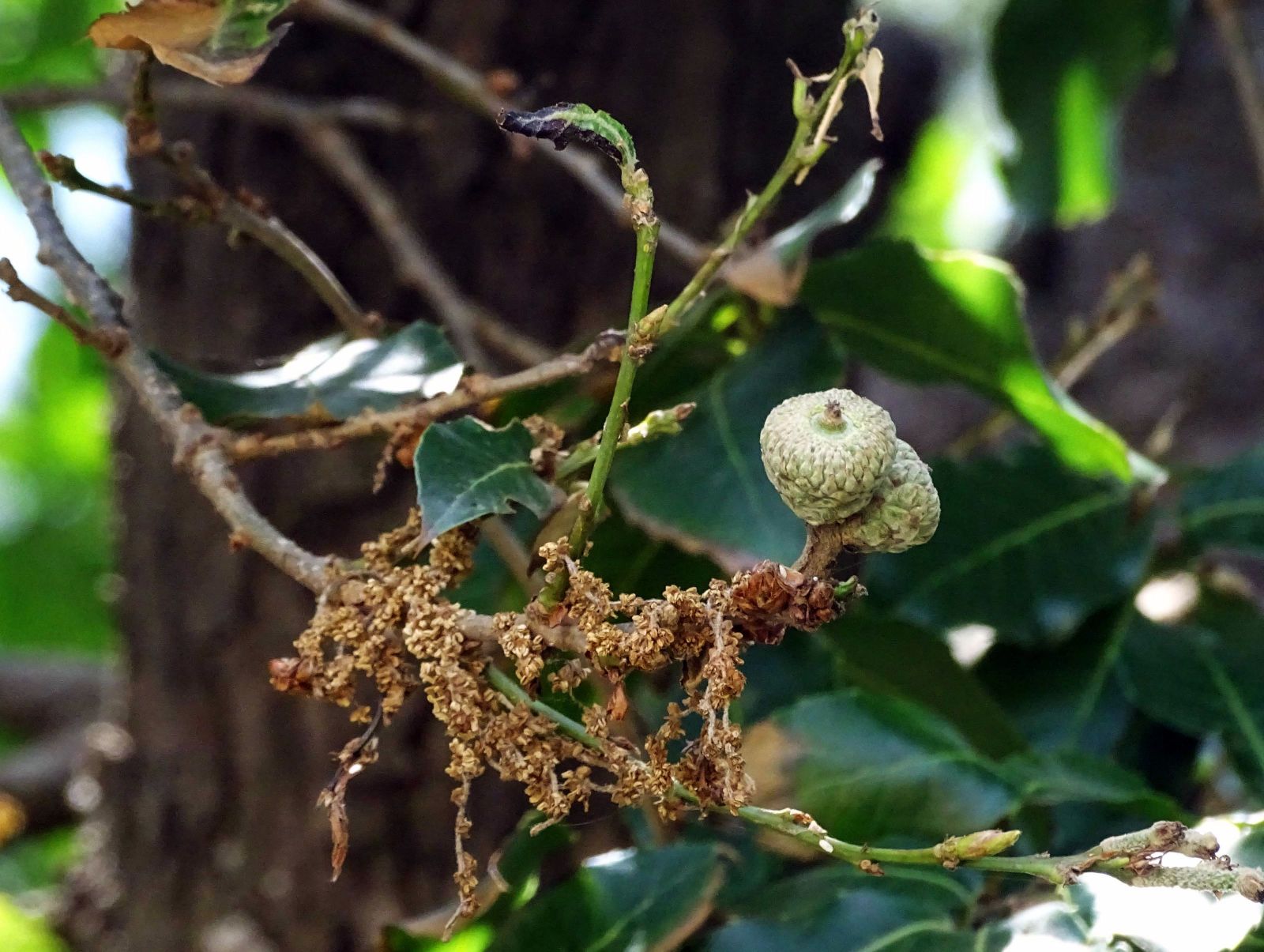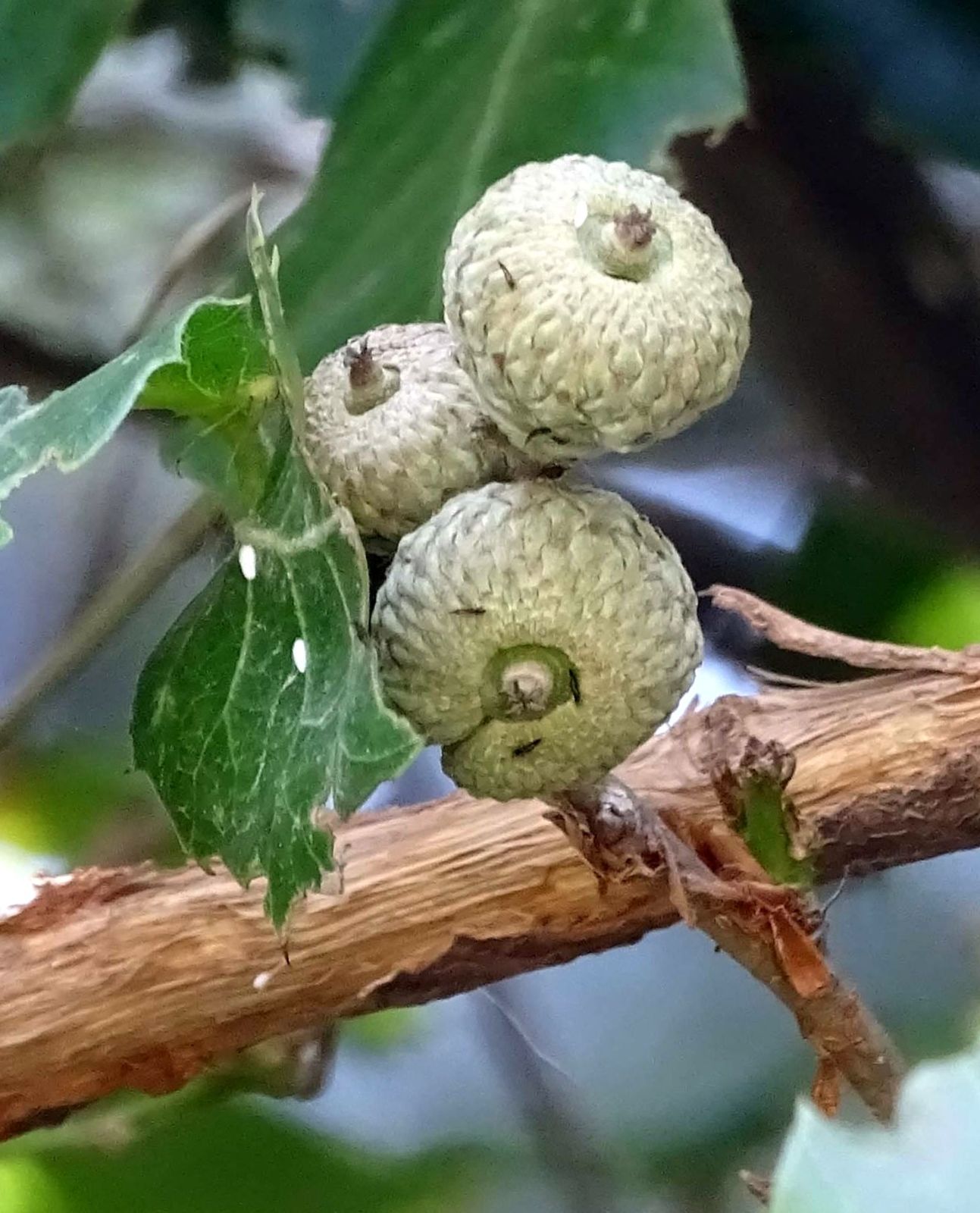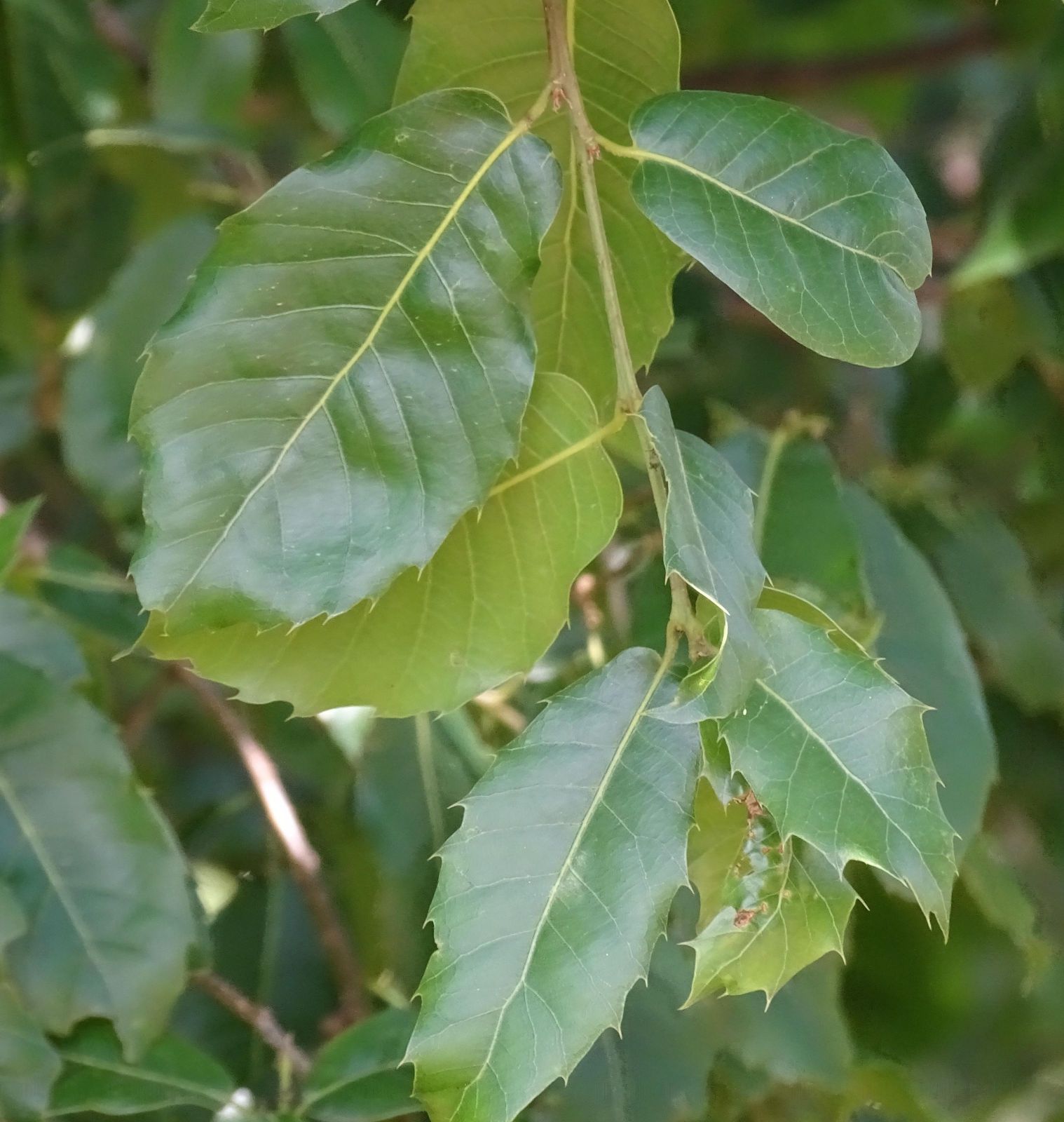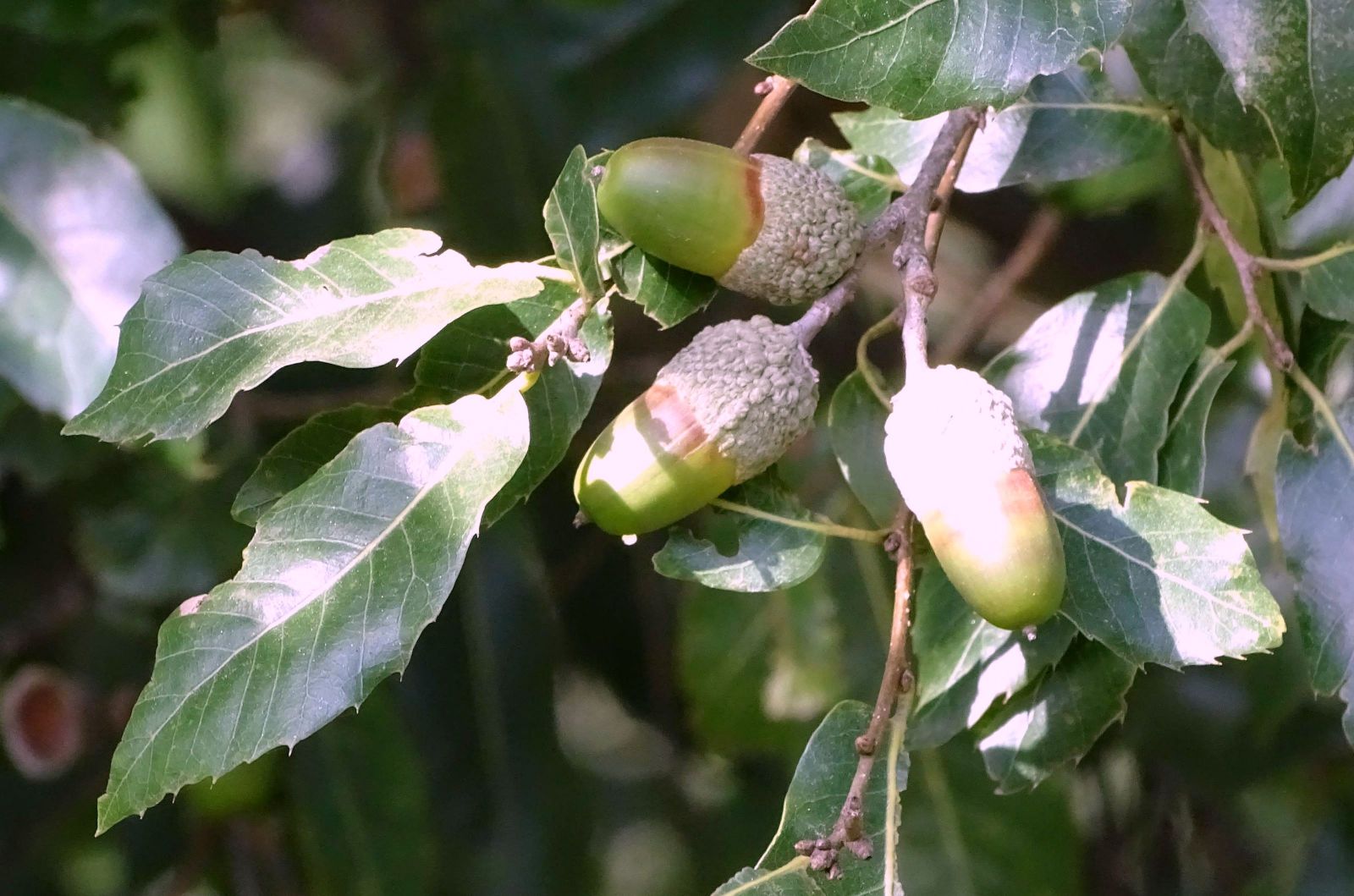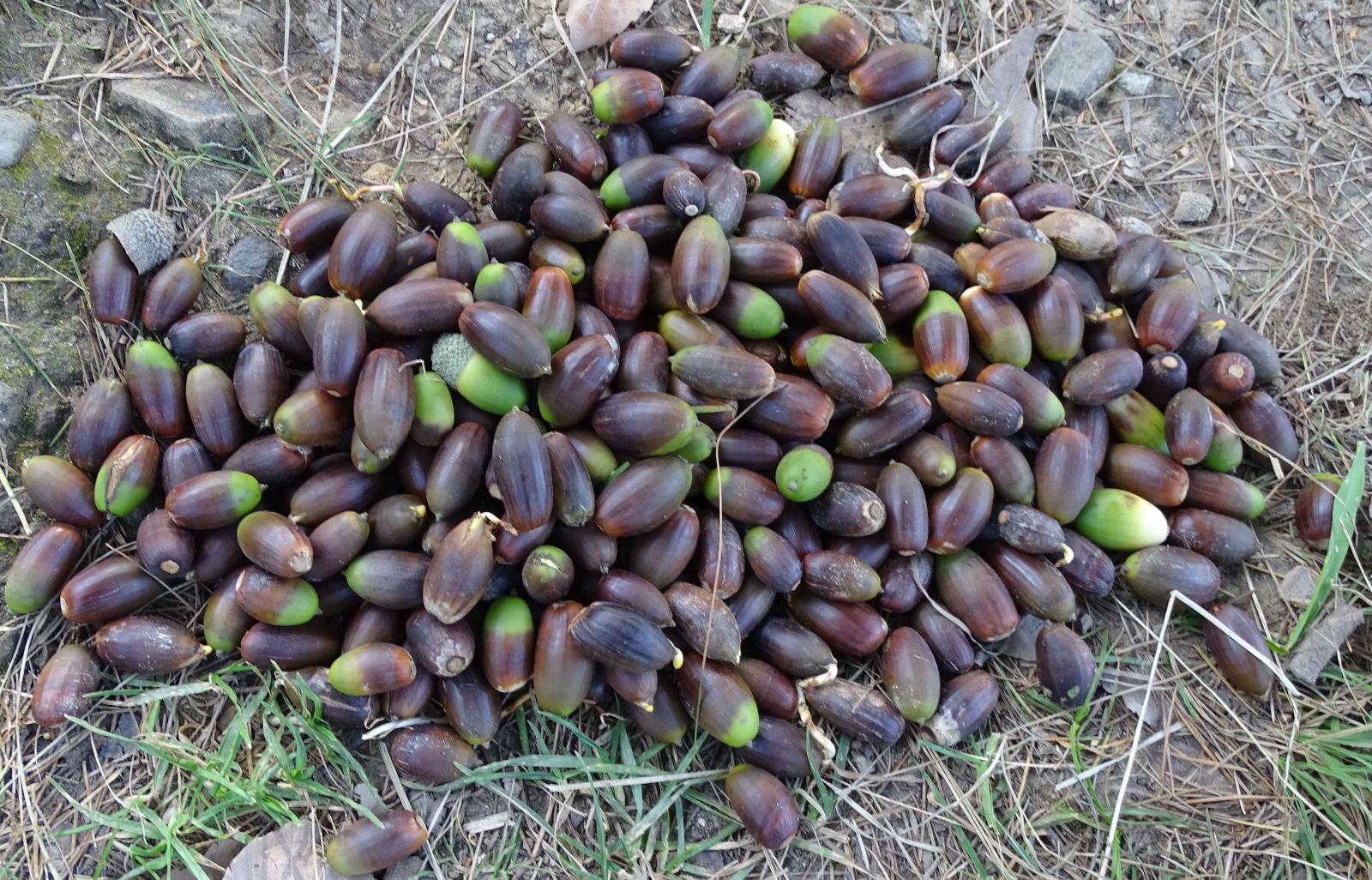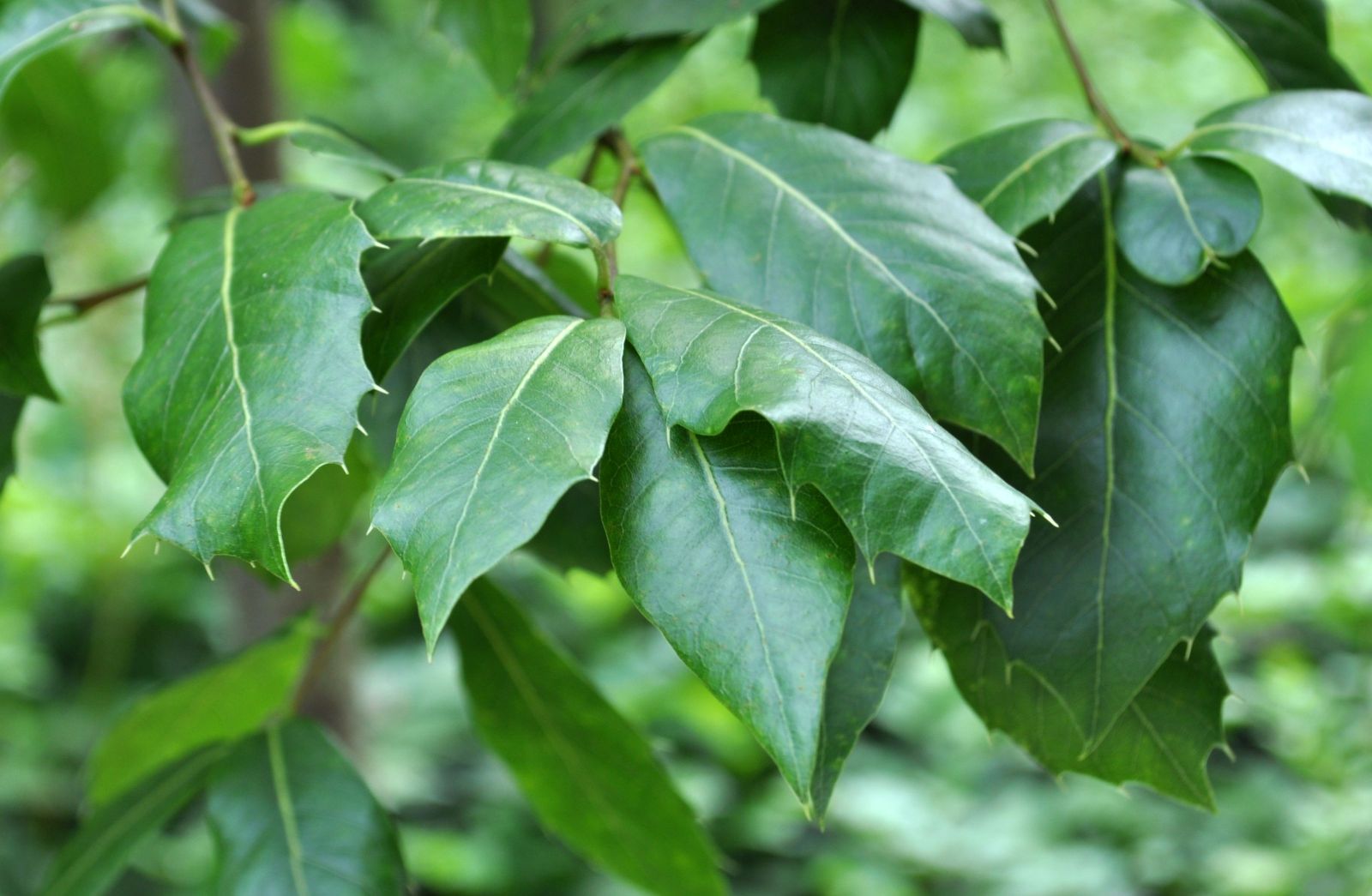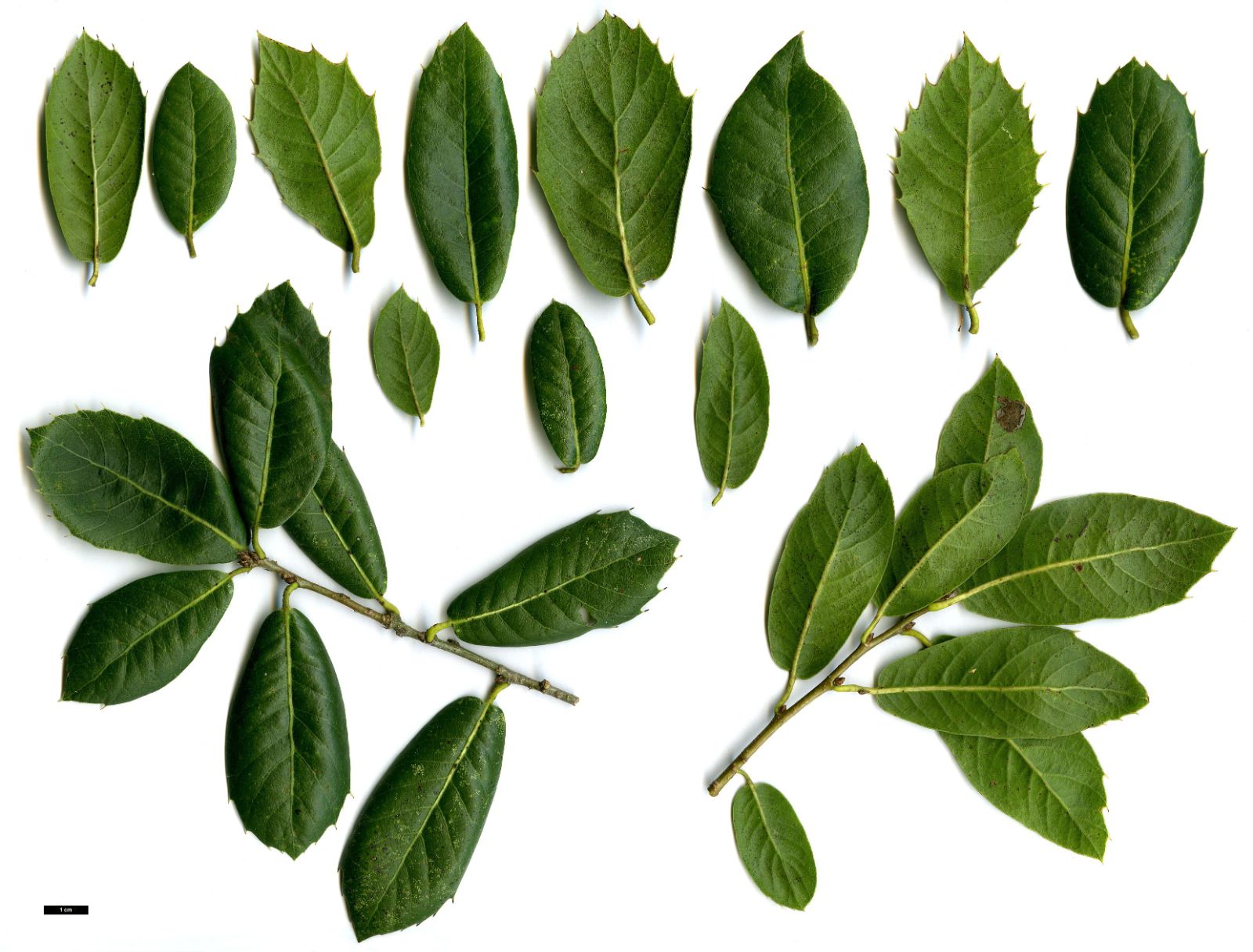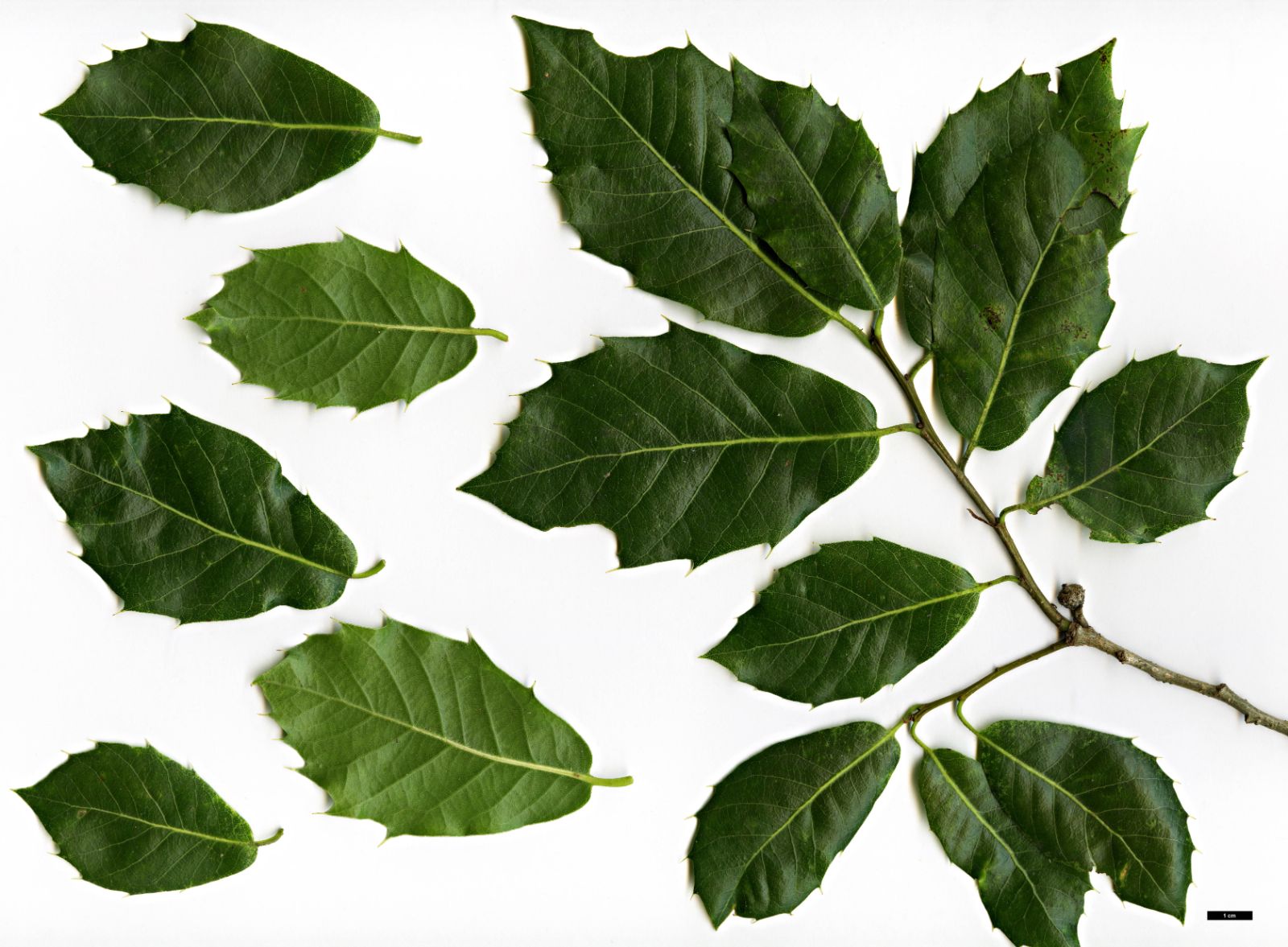Quercus floribunda
Sponsor
Kindly sponsored by
The Trees and Shrubs Online Oak Consortium
Credits
Allen Coombes & Roderick Cameron (2021)
Recommended citation
Coombes, A. & Cameron, R. (2021), 'Quercus floribunda' from the website Trees and Shrubs Online (treesandshrubsonline.
Genus
- Quercus
- Subgen. Cerris, Sect. Ilex
Common Names
- Moru Oak
- Tilonj Oak
Synonyms
- Quercus dilatata Royle
- Quercus dealbata Royle
- Quercus dilatata Lindl. ex A. DC.
- Quercus himalayana Bahadur
Other taxa in genus
- Quercus acerifolia
- Quercus acherdophylla
- Quercus acrodonta
- Quercus acuta
- Quercus acutifolia
- Quercus acutissima
- Quercus afares
- Quercus affinis
- Quercus agrifolia
- Quercus alba
- Quercus aliena
- Quercus alnifolia
- Quercus aquifolioides
- Quercus arizonica
- Quercus arkansana
- Quercus aucheri
- Quercus augustini
- Quercus austrina
- Quercus × auzendei
- Quercus baloot
- Quercus bambusifolia
- Quercus baronii
- Quercus bicolor
- Quercus brantii
- Quercus buckleyi
- Quercus canariensis
- Quercus canbyi
- Quercus candicans
- Quercus castanea
- Quercus castaneifolia
- Quercus cerris
- Quercus chenii
- Quercus chrysolepis
- Quercus coccifera
- Quercus cocciferoides
- Quercus coccinea
- Quercus conspersa
- Quercus crassifolia
- Quercus crassipes
- Quercus delavayi
- Quercus dentata
- Quercus deserticola
- Quercus dolicholepis
- Quercus douglasii
- Quercus dumosa
- Quercus durifolia
- Quercus eduardii
- Quercus ellipsoidalis
- Quercus emoryi
- Quercus engelmannii
- Quercus engleriana
- Quercus euboica
- Quercus eugeniifolia
- Quercus fabri
- Quercus faginea
- Quercus falcata
- Quercus frainetto
- Quercus franchetii
- Quercus fruticosa
- Quercus fusiformis
- Quercus gambelii
- Quercus garryana
- Quercus geminata
- Quercus georgiana
- Quercus germana
- Quercus gilliana
- Quercus gilva
- Quercus glabrescens
- Quercus glauca
- Quercus graciliformis
- Quercus gravesii
- Quercus griffithii
- Quercus grisea
- Quercus guyavifolia
- Quercus hartwissiana
- Quercus hemisphaerica
- Quercus × hispanica
- Quercus hondae
- Quercus hypargyrea
- Quercus hypoleucoides
- Quercus ilex
- Quercus ilicifolia
- Quercus imbricaria
- Quercus incana
- Quercus infectoria
- Quercus insignis
- Quercus ithaburensis
- Quercus kelloggii
- Quercus × kewensis
- Quercus kiukiangensis
- Quercus laceyi
- Quercus laevis
- Quercus lamellosa
- Quercus lanata
- Quercus lancifolia
- Quercus laurifolia
- Quercus laurina
- Quercus × leana
- Quercus leucotrichophora
- Quercus × libanerris
- Quercus libani
- Quercus lobata
- Quercus lobbii
- Quercus lodicosa
- Quercus longinux
- Quercus longispica
- Quercus look
- Quercus × ludoviciana
- Quercus macranthera
- Quercus macrocalyx
- Quercus macrocarpa
- Quercus macrolepis
- Quercus marilandica
- Quercus mexicana
- Quercus michauxii
- Quercus mongolica
- Quercus monimotricha
- Quercus montana
- Quercus morii
- Quercus muehlenbergii
- Quercus myrsinifolia
- Quercus myrtifolia
- Quercus nigra
- Quercus × numidica
- Quercus oblongifolia
- Quercus obtusata
- Quercus oglethorpensis
- Quercus oxyodon
- Quercus pagoda
- Quercus palmeri
- Quercus palustris
- Quercus pannosa
- Quercus parvula
- Quercus petraea
- Quercus phellos
- Quercus phillyreoides
- Quercus planipocula
- Quercus poilanei
- Quercus polymorpha
- Quercus pontica
- Quercus prinoides
- Quercus pubescens
- Quercus pyrenaica
- Quercus rehderiana
- Quercus reticulata
- Quercus robur
- Quercus rotundifolia
- Quercus rubra
- Quercus rugosa
- Quercus rysophylla
- Quercus sadleriana
- Quercus salicina
- Quercus sartorii
- Quercus × schneideri
- Quercus schottkyana
- Quercus semecarpifolia
- Quercus senescens
- Quercus serrata
- Quercus sessilifolia
- Quercus setulosa
- Quercus shumardii
- Quercus sinuata
- Quercus spinosa
- Quercus stellata
- Quercus stenophylloides
- Quercus suber
- Quercus subspathulata
- Quercus tarokoensis
- Quercus tatakaensis
- Quercus texana
- Quercus tomentella
- Quercus trojana
- Quercus tungmaiensis
- Quercus turbinella
- Quercus × turneri
- Quercus undulata
- Quercus utahensis
- Quercus utilis
- Quercus uxoris
- Quercus variabilis
- Quercus velutina
- Quercus virginiana
- Quercus vulcanica
- Quercus warburgii
- Quercus wislizenii
- Quercus xalapensis
Tree to 30 m, 3 m dbh. Bark dark reddish brown or almost black, fissured into oblong scales. Branchlets dark brown or black with dense grey silky tomentum. Leaves sub-evergreen, 3–12 × 1.5–5.5 cm, ovate to elliptic or lanceolate, grey-green or glaucous, leathery and glabrous, 8–12 secondary veins on each side of the midrib, margins entire or with four to nine teeth, apex acute to obtuse; petiole 0.3–1 cm long and glabrous. Male catkins crowded, drooping, lax, up to 7.5 cm long, bracts lanceolate. Infructescence 1.5–3 cm long with two to three cupules. Cupule cup-shaped, 2–2.4 × 0.5–0.8 cm; scales appressed and pubescent. Acorn ovoid, with one-third to half of its length enclosed in the cupule, 2–2.5 cm long, stylopodium persistent. Flowering April to May, fruiting August to October of the following year (Pakistan). (Nasir 1976; Menitsky 2005; Orwa 2009).
Distribution Afghanistan India Jammu & Kashmir, Himachal Pradesh Nepal Pakistan North
Habitat Himalayan oak forest between 1200 and 2900 m asl.
USDA Hardiness Zone 8
Conservation status Least concern (LC)
One of the most imposing oaks of the Himalayas, it occupies the space between Quercus baloot, which grows at lower altitudes, and Q. leucotrichophora and Q. semecarpifolia, which take over at higher altitudes. Seeds germinate readily on falling and seedlings grow well in the shade of mature trees, benefitting from their protection. It has been observed that growth in situ is faster than that of Q. leucotrichophora. It is rarely found in pure populations, more often being in association with conifers such as Picea smithiana (where the largest specimens are found), and with Aesculus indica, Acer caesium, Cornus capitata, Betula alnoides, Pinus wallichiana, Cedrus dedoara, Abies pindrow, Taxus sp., and Cupressus torulosa (le Hardÿ de Beaulieu & Lamant 2010). The site from which EPAK 172 was collected had even more glamorous associates, including Parrotiopsis jacquemontiana and Ulmus wallichiana (fieldnotes).
An old tree at High Beeches, England was identified in 2005 by Allen Coombes. It came from Aldenham House before 1932 and was grown as Q. agrifolia or Q. wislizeni; it measured 15 m × 68 cm dbh in 2018 (Tree Register 2020). This case aside, Quercus floribunda is represented in the United Kingdom by young specimens, all grown from EPAK 172, collected in Pakistan in 1995 and quite widely distributed to British gardens from Kew (as Q. glauca): two plants at the Sir Harold Hillier Gardens measured 9.8 m × 23.3 cm dbh in 2020 (Barry Clarke pers. comm.) and 4.3 m × 4.5 cm dbh in 2012 respectively (Royal Botanic Garden Edinburgh 2020). Four plants from the same collection are at Wakehurst Place. Shaun Haddock also collected this species and at his Arboretum de la Bergerette, France, the hot summers and fertile soil result in generally ‘staggering growth’. His first collection was made in 1995 from Kalam in the Swat Valley, Northwest Frontier Province, Pakistan, at around 2100 m, where winter snows are deep. At La Bergerette this reached 4 m in nine years (Lamant 2004) and in 2021 was 7.2 m × 20 cm at 1.2 m. He also made gatherings in 1998 at about 2200 m at Murree, northeast of Islamabad and the larger of two trees from this collection was 8.1 m tall × 21 cm at 1.2 m having overtaken the earlier collection probably due to being in a location with more moisture. In France at least, Q. floribunda seems to be a ‘good doer’ and drought-resistant (S. Haddock, pers. comm. 2021; Grimshaw & Bayton 2009).
The epithet means ‘flowering profusely’, in reference to the male catkins, which are long and numerous. This species hybridizes naturally with Q. leucotrichophora, giving rise to Q. × parkeri A. Camus.

